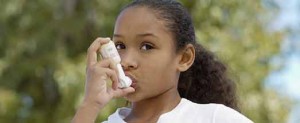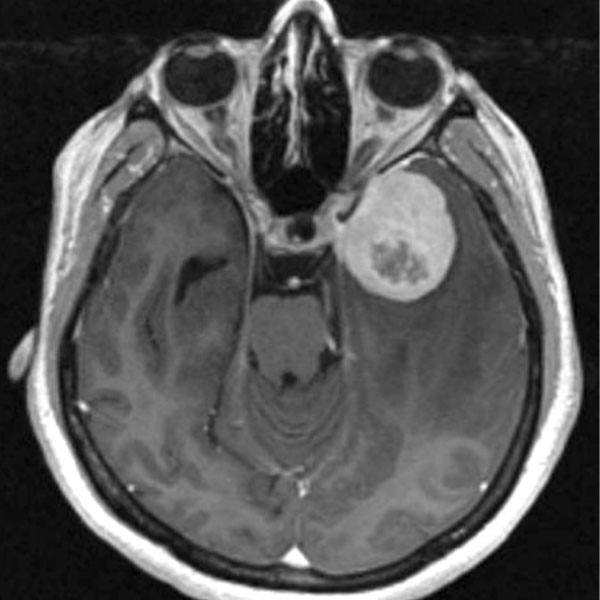-
Mayo Clinic: Asthmatic Children Face Higher Shingles Risk, Premature Birth Doubles Asthma Odds
ROCHESTER, Minn. — Mayo Clinic researchers will present findings on childhood allergies and asthma at the American Academy of Allergy Asthma & Immunology (AAAAI) annual meeting, held March 2–6 in Orlando, Fla.

The AAAAI event brings together allergists, asthma specialists, clinical immunologists and allied health professionals worldwide who have a special interest in the research and treatment of allergic and immunologic diseases.
Mayo Clinic studies that will be presented and their embargo dates include:
Mayo Clinic Finds Asthma Increases the Risk of Shingles in Children
American Academy of Allergy Asthma & Immunology Annual Meeting
ROCHESTER, Minn. — Children with asthma face a higher risk of developing shingles from the herpes zoster virus, new research from Mayo Clinic found. There are an estimated 1 million cases of herpes zoster virus infections in the United States each year, and the virus frequently affects men and women 60 and older.
"It had previously been unknown whether asthma status poses an increased risk of shingles among children," says lead author Young Juhn, M.D., a pediatrician at Mayo Clinic Children's Center. "These results suggest that asthma significantly increases the risk for shingles in children."
The study was conducted using data from the Rochester Epidemiology Project. Dr. Juhn and his team at Mayo Clinic examined medical records from a population-based, case-control study, dating from 1996 to 2001, and identified patients younger than 18 who had documented episodes of shingles.
The researchers then compared 277 shingles cases and 277 age- and gender-matched controls without shingles and looked at the frequency of asthma among children with shingles. Of the 277 shingles cases, 53 percent were male and 23 percent had asthma before shingles. Of the matched controls, 35 of the 277 had asthma. The team found that the incidence of shingles among patients with asthma was 2.2 times higher compared with those without asthma.
"We were surprised by the study findings because most of our previous work showing increased risk of microbial infections in asthmatics was based on airway-related microbial infections such as serious pneumococcal disease, strep infections or pertussis," Dr. Juhn says. "However, shingles is not an airway-related illness, and cell-mediated immune function is an important host-defense mechanism from developing shingles."
Dr. Juhn's team is extending their study to adults with asthma.
Other researchers include Sonia Merha, M.B.B.S., Robert Tarrell and Brian Lahr, all of Mayo Clinic; Bong-Sung Kim, M.D., Ph.D., Gangneung Asan Hospital, University of Ulsan College of Medicine, South Korea; and Barbara Yawn, M.D., Olmsted Medical Center, Rochester.
Seemingly Healthy Premature Infants at Twice the Risk for Asthma, Mayo Clinic Finds
American Academy of Allergy Asthma & Immunology Annual Meeting
ROCHESTER, Minn. — More than 5 million U.S. children suffer from asthma, making it the most common chronic pediatric condition, and diagnosis rates continue to rise. Doctors have long associated premature birth with respiratory conditions, but few noted any connection between late preterm birth and asthma. A new study from Mayo Clinic shows that infants born just a few weeks early, with no apparent respiratory symptoms, are at twice the risk of developing this costly and potentially life-threatening disease.
The researchers found that 1 in 4 babies born between 34 and 37 weeks' gestation (late preterm) are diagnosed with asthma by the time they are 8. About 15 percent of full-term babies contracted asthma during the study period.
"About 10 percent of our babies are born at this gestational age, and not much thought is given to their risk of asthma. What this shows us is that late preterm birth puts children at additional risk for asthma, and so we should initiate diagnosis earlier and maybe take preventive measures earlier," says co-author Gretchen Matthews, M.D., pediatrician and neonatologist at Mayo Clinic Children's Center. "It wasn't appreciated that this (late pre-term) population was different. We can have a huge impact on asthma."
In addition to the improved quality of life that early diagnosis and treatment of asthma might provide for millions of American children, billions of dollars could be saved in the workplace and along with medical costs.
"If we can identify those children that are getting this at an earlier age, we can prevent missed days of school, missed parent workdays, perhaps even prevent some hospitalizations or hospital visits," Dr. Matthews says.
Asthma attacks account for an average of 14 million missed school days among children and 15 million missed or less-productive workdays among adults annually in the United States, according to the Asthma and Allergy Foundation. The total cost to treat and manage asthma in the U.S. is about $18 billion a year.
Dr. Matthews conducted her study in the Pediatric Asthma Epidemiology Research Unit using the Rochester Epidemiology Project, a medical record system for research in Olmsted County, Minn.
Dr. Matthews identified term and late preterm infants with no respiratory complications at birth and looked at those populations' diagnoses of asthma by age 8.
Other authors of the study include William Carey, M.D., Young Juhn, M.D. and Brian Lahr all of Mayo Clinic.
Mayo Clinic: Penicillin Allergies in Children May Not Lead to Multiple Drug Allergies
American Academy of Allergy Asthma & Immunology Annual Meeting
ROCHESTER, Minn. — Penicillin is a commonly prescribed antibiotic in the pediatric population, and though previous research has suggested that patients with a penicillin allergy may be at risk for allergies to other drugs, the studies have not looked at children until now. Mayo Clinic studied children allergic to penicillin to determine whether they may have adverse reactions to other antibiotics.
The Mayo team reviewed data from 778 medical records of patients younger than 18 with penicillin allergies based on a positive penicillin skin test and compared the differences in the proportion of children with a positive and negative penicillin skin test and multiple drug allergies. The researchers found that children allergic to penicillin do not have an increased risk for multiple drug allergies.
"I was surprised with the results of this study since most of the primarily adult literature suggests that patients with penicillin allergies are at increased risk for developing other drug allergies," says co-author Valerie Martin, M.D., pediatric and adolescent medicine physician at Mayo Clinic Children's Center. "These results are useful to pediatric patients with confirmed penicillin allergies who are hesitant to take other medications due to concern that they will have adverse reactions."
Among the 778 children studied — 411 of them male — 712 (92 percent) had a negative penicillin skin test and 66 (8 percent) had a positive penicillin skin test. Of the patients with a positive test, 14 (21 percent) had multiple drug allergies, while 167 (23 percent) patients with negative skin tests had multiple drug allergies.
The results are also helpful for physicians who may be reluctant to prescribe medications to patients who have confirmed penicillin allergies, Dr. Martin says.
"Further research on this topic is needed to determine why children with penicillin allergies seem to be less likely to develop other adverse drug reactions than adults with penicillin allergies," Dr. Martin says.
Miguel Park, M.D., of Mayo Clinic is the study co-author.
Media Contact: Kelley Luckstein, 507-284-5005 (days), newsbureau@mayo.edu







